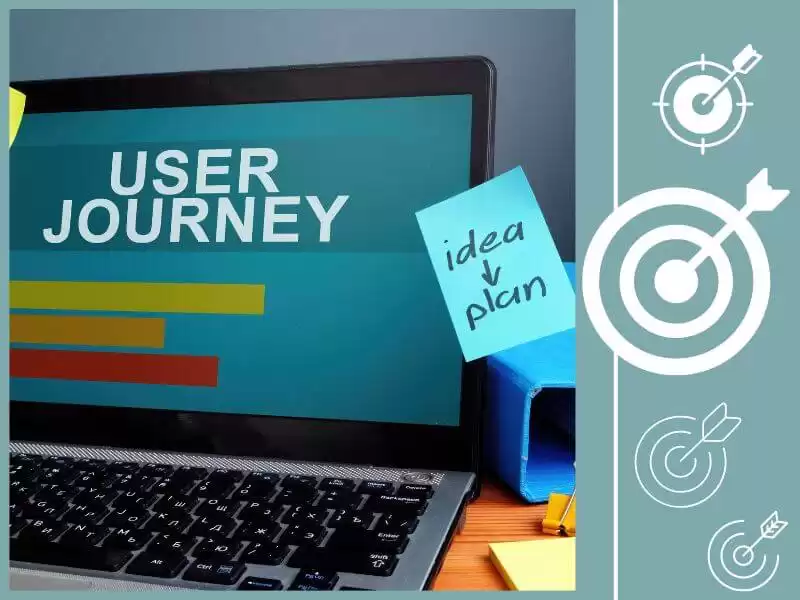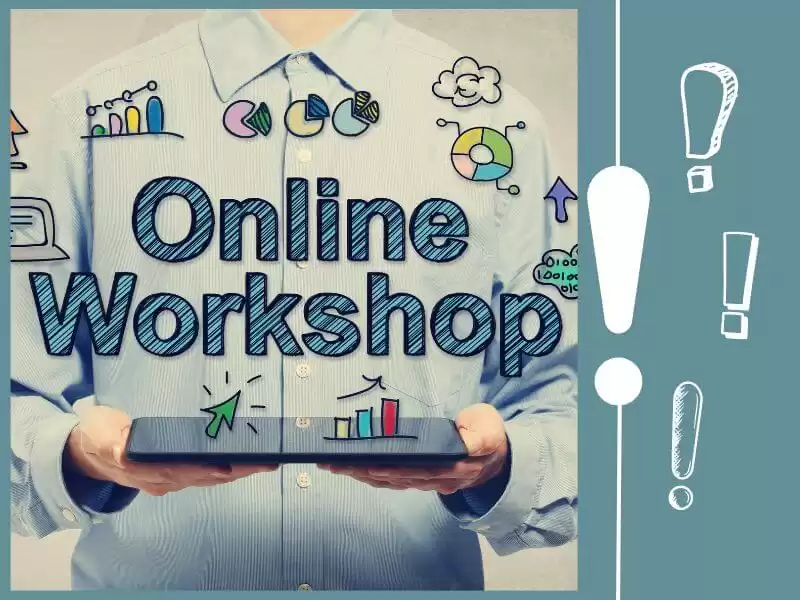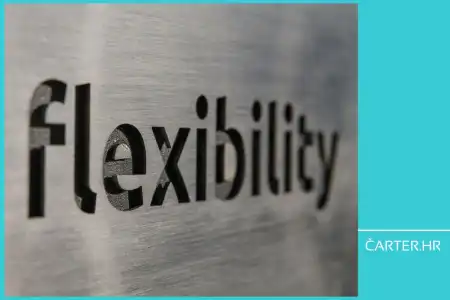
User-centric approach should be at the centre of every modern company's attention. This approach transforms the company's relationship with its customers, taking the customer experience to a new level and shaping products, services and business growth. Andreja Fazlić reveals how defining the profile of the ideal customer and mapping their journey can improve your business strategy.
User-centric business, i.e. a business strategy that puts the user at the centre of all its activities, has become vital to success in modern business.
In addition to providing a new level of value and experience to the customer, this approach simultaneously improves products and services, encourages innovation, and leads to sustainable business growth.
Why is a User-centric approach crucial?
Regardless of your personal opinion of customers, they are highly sophisticated today. They have unlimited access to information, so they are more educated and thus have higher expectations of products and services.
According to research conducted by PwC, 73% of consumers consider user experience a vital factor in their purchasing decisions. These statistics indicate that you must be customer-centric to meet their needs and expectations to grow a successful and growing business.
User experience is not just about meeting basic expectations; it's about creating extraordinary experiences that turn customers into your ambassadors. Forrester states that companies that focus on customer experience achieve significantly higher revenue growth than those that do not.
Defining the ideal customer profile
To successfully apply a user-centric approach, it is necessary to precisely define who your ideal customers are. This process involves research, analysis and brainstorming to create profiles that include primary demographic data and deeper psychographic characteristics such as interests, attitudes, values, lifestyle, shopping styles, etc.
You need a holistic understanding of your customers' motivations, goals, and daily challenges in order to adapt your offers and activities easily to create an outstanding customer experience.

User journey mapping
Mapping the customer journey is essential process for any company seeking to understand interactions with their customers, from initial interest through to post-purchase.
This detailed process involves identifying customers' touch points and experiences with a product or service. For example, in the automotive industry context, the customer journey can include different stages, such as online research, test drives, the purchase process itself, and post-purchase support.
Each stage represents an opportunity to optimize the experience, improve the user experience and build long-term relationships.
Understanding the customer journey enables companies to create personalized and relevant interactions that increase customer satisfaction and foster customer loyalty.
So, this approach helps build a positive customer experience and provides the foundation for creating lasting and meaningful relationships with customers.

Online workshop: Creating a profile of the ideal customer and a map of his customer journey
On Thursday, January 11, 2024, from 1:00 p.m. to 5:00 p.m., we will hold an online workshop through Google Meet, during which you will have the opportunity to create a profile of an ideal customer and map their user journey.
It is suitable for all entrepreneurs, small and medium business owners, directors, marketers and independent professionals interested in advancing their sales and marketing strategies.
Learn how to create detailed customer profiles and understand their journey - from the first contact with a product or service to the post-purchase experience.
By focusing on practical skills and real-world examples, this workshop will help you take the first step in moving your business towards a user-centric approach.
On this link, explore all the details about the online workshop: "Creating a profile of the ideal customer and a map of his customer journey.".
If you are unable to attend the workshop and the topic interests you - don't worry; there will be more dates in 2024, and until we announce them, we recommend you watch our webinar (in Croatian): "In step with business growth - Do you know how your customer buys?".
Categories of trends
- News
- Sale
- Marketing
- SEO
- Web design
- Social media
- Technology
- Regulations
- Management
- Education
- Finances
- User experience
Newsletter
Sign up for the newsletter and receive the latest trends and tips straight to your inbox




